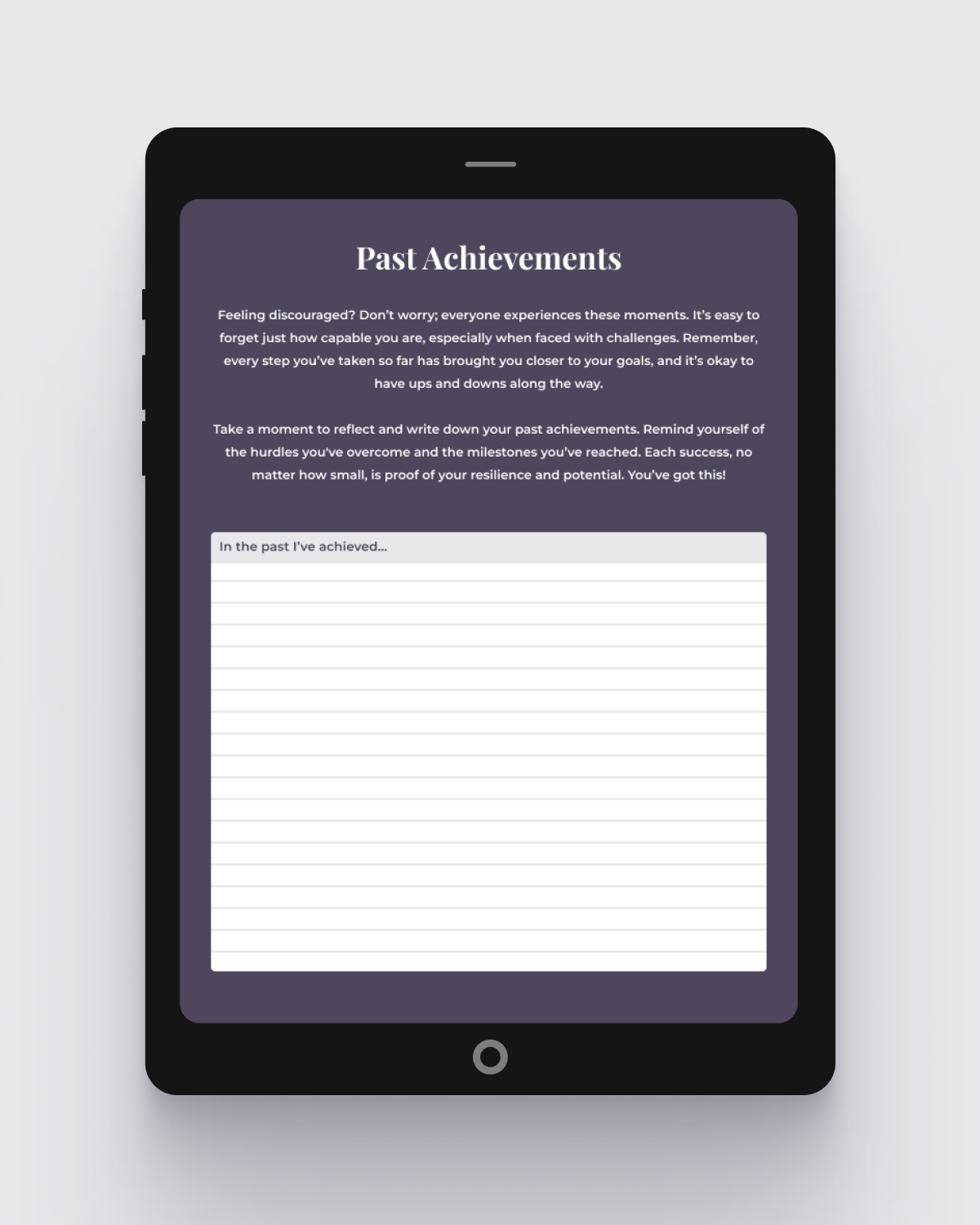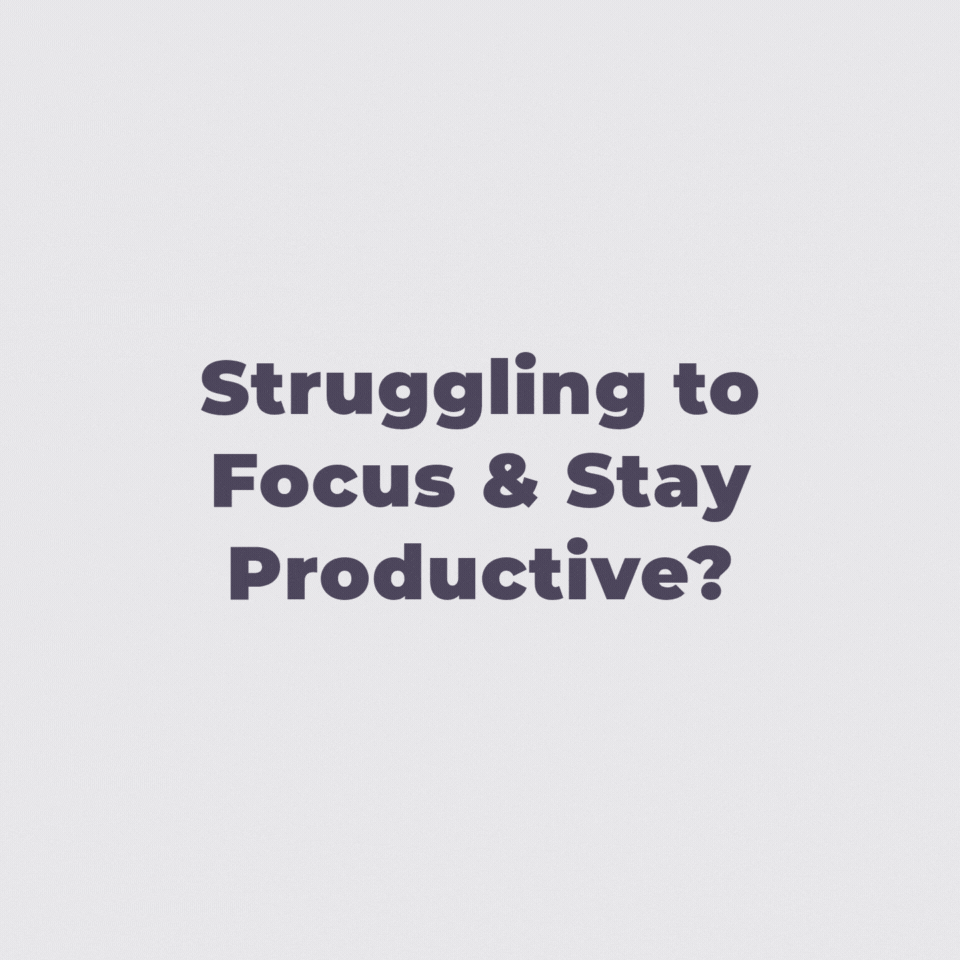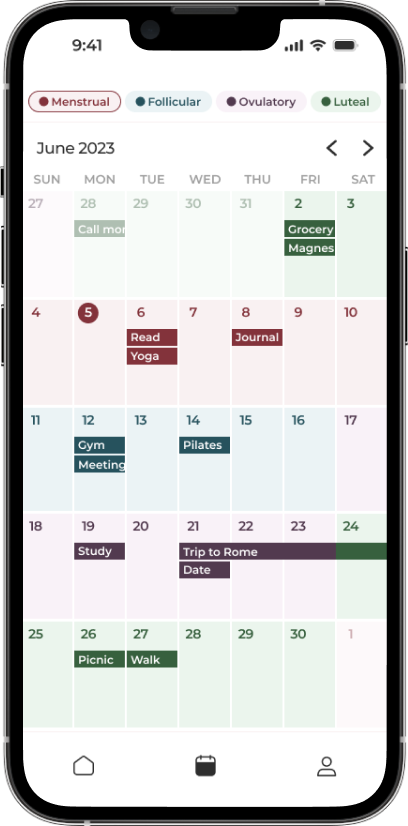This Is the Most Powerful Way to Motivate Others

These last few months I read two books that have inspired me to write this article. The books are Daring Greatly by Brené Brown and How to Win Friends and Influence People by Dale Carnegie. Both of these books make one important point: The resentment produced by criticism and shame demoralizes and kills motivation. Let me explain why and what you can do instead to motivate others.
Shame as a Management Style in Our Society
The same dynamics of shame and condemnation is played out in all aspects of our society, whether it is in our family, work, school, and so on. Think of how these dynamics are used in a social system that you are a part of. At your workplace, in your family, at school, and other communities. Ask yourself this: Is fear of ridicule used to manipulate people? Is being blamed the standard? Is perfectionism a problem? Is self-worth correlated to financial success?
Many studies have shown that people respond more to praise rather than to scolding. Criticism is counterproductive because it makes the other person go on the defensive. Criticism makes people want to protect themselves and blame their actions on forces they can’t control rather than to look at themselves and see themselves as harmful and therefore unworthy.
It is human nature to respond negatively to blame, shame, and criticism. It fosters resentment. In the workplace this could look like a lack of engagement and motivation.
When shame and humiliation do motivate, they do so for the wrong reasons. People will be motivated solely out of fear and refusal to feel unworthy, and not truly because they want to change. Not to mention, humiliating someone in the hopes to motivate them results in a gamble, as the person being humiliated could either sink or swim. An employee might improve their performance or outright quit their job.
Shame causes people to disengage. It kills the confidence to speak up, be creative, and share new ideas, because they become scared of vulnerability and the possibility of experiencing those feelings of shame once again. In order for innovation to happen, people need to be confident enough to say what’s on their mind. As Brené Brown said in her Ted Talk, “Vulnerability is the birthplace of innovation, creativity, and change.”
From a selfish point of view, you gain more by giving positive reinforcement over shaming.

Check out the Vision to Action Digital Planner PDF for only 5$
More infoThe Power of Positive Reinforcement
All that being said, I am not saying that you should never tell someone when they have done something wrong. Honest and constructive feedback is valid and useful. However, we can learn to say it in a way that inspires growth. We do this by showing our own vulnerability. We need to be vulnerable ourselves and accept discomfort as part of our self-development journey, in order to teach and lead others to do the same. Discomfort is part of growing and we need to learn why it’s there and how to accept it. As we begin to normalize vulnerability, it will calm down the fear and anxiety around it.
So, when giving feedback, keep in mind the way you express it and remember to highlight the strengths as well. A powerful way to do this is using the sandwich method. It means, basically, that the positive feedback is given before and after any negative comments.
Here is a great example of how to give constructive feedback, taken from the book Daring Greatly by Brené Brown:
“Your stories and examples made me feel connected to you and what you were saying, but I sometimes struggled to read the PowerPoint and listen to you at the same time. I didn’t want to miss anything you were saying, but I worried about not following the slides. You might experiment with fewer words on the slides—or maybe even no slides. You had me without them.”
Self-Improvement for High Achievers Group on Telegram
Get daily insights, support, and discussions to improve your leadership skills, mindset, work/life balance, time and energy management, as well as overcoming perfectionism, self-doubt, limiting beliefs, and more...
Join groupExpress Gratitude
Research says that when expressing gratitude to others our brains learn optimism and how to practice positivity. At Google, they have a tool that is recognized internally called “gThanks.” It prompts peers to reward each other and send thank-you notes. Their bonus system includes $175 cash awards that they can give each other, and Google says they rarely see abuse of power from it.
One on One Time
Strengthen relationships by spending time and engaging emotionally with the other person and find out what motivates them on a personal level. What are their aspirations, interests, goals, projects, or dreams? Get to really know the people you are looking to lead and motivate. Once you know what drives them, you can provide them with learning opportunities to keep them engaged.
Believe in Them
Delegating is essential in good management. Take for example the Scrum framework, which is used by the biggest companies such as Facebook, Google, and Apple. Scrum is an agile framework used to manage product development. The project organization empowers Scrum teams to self-organise and handle their own jobs. If you are not delegating, then ask yourself, do you trust the other person to do the work they’re required to do? You need to support others and give them room to perform in order to keep them motivated.
Motivating Others in Business Settings
- Ask them: Explain exactly what you need, by when, and why. Explaining the bigger picture lets others see how their contributions will matter and provides the context needed to make informed decisions.
- Involve them: Ask them what it will take for them to get involved. Everyone is different, and what may be highly motivating for one person could be agony for someone else. Find out what motivates them and tailor your expectations accordingly.
- Trust them: Give them the autonomy to decide how the work will be done, within certain parameters. Give them ownership, but make sure they know you are available for questions.
- Inspire them: Explain why you asked them, as opposed to someone else. List the knowledge, skills, and experiences that make them perfectly prepared for the task. People will often live up to your expectations, so set high expectations, and let them know you expect success.
- Appreciate them: Thank them sincerely. Praise publicly and share positive feedback with their supervisors, as well as with other teammates.
- Reward them: Provide tangible evidence of your gratitude. Send a handwritten note thanking them for the extra effort on a large project. Certificates, gift cards, plaques, public recognition, another interesting project, and more responsibility are all ways to reward people.
- Challenge them: Start a friendly competition among teams or departments, ideally one in which everyone can win or learn something. Keep the competition among teams, not individuals, to prevent it from becoming too contentious.
- Celebrate them: Celebrate success as a team, but recognize each person’s contribution. If it’s a really large project, break it down into smaller goals that can be celebrated.
- Inform them: Even after their contribution is complete, let them know how the project turned out. Especially if they aren’t part of the project from beginning to end, make sure they know that their contribution mattered for its ultimate success.
- Create a motivating environment: Most people flourish in an environment where they’re empowered to do their job their way. This doesn’t mean there’s no need to monitor what people do but if you’re too controlling it will reduce motivation. Give them an opportunity to provide input on decisions about the strategy that affect them.
- Recognition: A sincere ‘Well done’ can really help motivation. Most people like to be appreciated for what they’ve achieved even if they brush it aside. If you recognize and acknowledge effort it will encourage them to keep going and overcome obstacles.
- Be motivated and inspired yourself: You will never inspire others unless you are motivated and inspired yourself. Enthusiasm is infectious and spreads like wildfire. If you want to inspire you have to feel it first.
- Treat each person as an individual: People are motivated in different ways. There’s no one-size-fits-all solution to motivation. You may need to help them clarify how the strategy relates to them and their role.
- Provide them with a challenge: If new objectives are unrealistic they will demotivate people and if they’re too easy people won’t feel they need to put much energy behind them. When you strike the right balance, and make people challenge what they believe they can attain, they’ll be motivated to achieve them.
- Keep them informed of progress: When people know they’re making progress towards implementing the strategy it gives them an energy boost. When effort is rewarded they’ll be prepared to push harder to reach the overall goal. Communicate it with energy and enthusiasm.
- Create a motivating environment: Most people flourish in an environment where they’re empowered to do their job their way. This doesn’t mean there’s no need to monitor what people do but if you’re too controlling it will reduce motivation. Give them an opportunity to provide input on decisions about the strategy that affect them.
Hire me as your life coach
Let's startRecent posts
-
How to Create Your Morning Routine (+ Routines from Wellness Experts)
Read blog -
What Is the Root of Procrastination?
Read blog -
What Are Career Goals? (With Examples)
Read blog -
How To Start Decluttering When Overwhelmed?
Read blog -
10 Use Cases for Notebook LLM for Personal Growth
Read blog -
Can ChatGPT Help Me Find Out What I Really Want in Life?
Read blog

The App Made To Sync Your Lifestyle to Your Menstrual Cycle.
A solution for women who are looking to keep track of what they sync to their cycles, such as fitness, diet, etc. by adding it to a calendar that also predict their phases.
Learn more





Comment